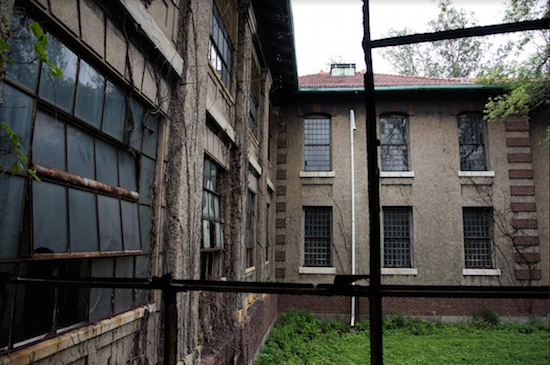Finding the Forgotten: A behind-the-scenes tour of Ellis Island’s abandoned hospital
‘Brooklyn was intimately connected with Ellis Island’

Inside one of the most famous monuments in the world is a bronze plaque that reads, in part, “Give me your tired, your poor, Your huddled masses yearning to breathe free, The wretched refuse of your teeming shore.”
Emma Lazarus’ sonnet “The New Colossus,” placed on the Statue of Liberty, has for centuries served as a beacon of hope and promise for the millions of immigrants who sought and continue to pursue a better life in America.
One word, however, is noticeably missing from Lazarus’ poem. She does not write, “Give me your tired, your poor, your ailing.”

Brooklyn Boro
View MoreNew York City’s most populous borough, Brooklyn, is home to nearly 2.6 million residents. If Brooklyn were an independent city it would be the fourth largest city in the United States. While Brooklyn has become the epitome of ‘cool and hip’ in recent years, for those that were born here, raised families here and improved communities over the years, Brooklyn has never been ‘uncool’.